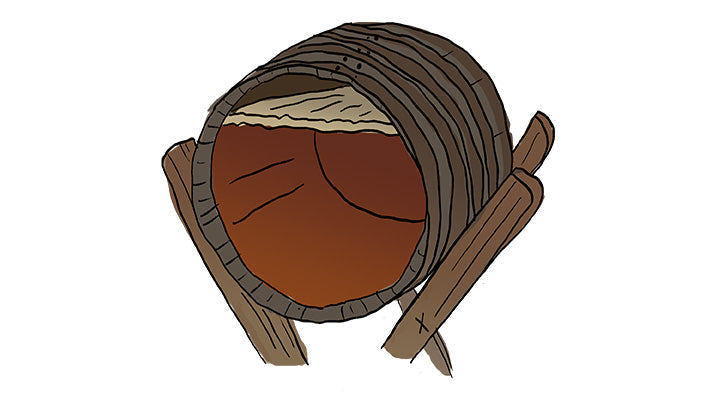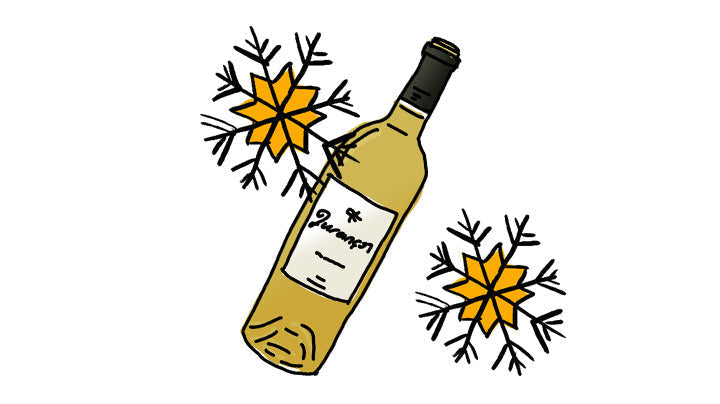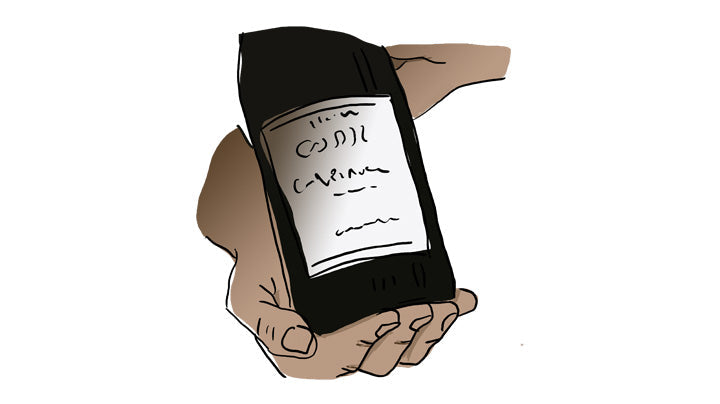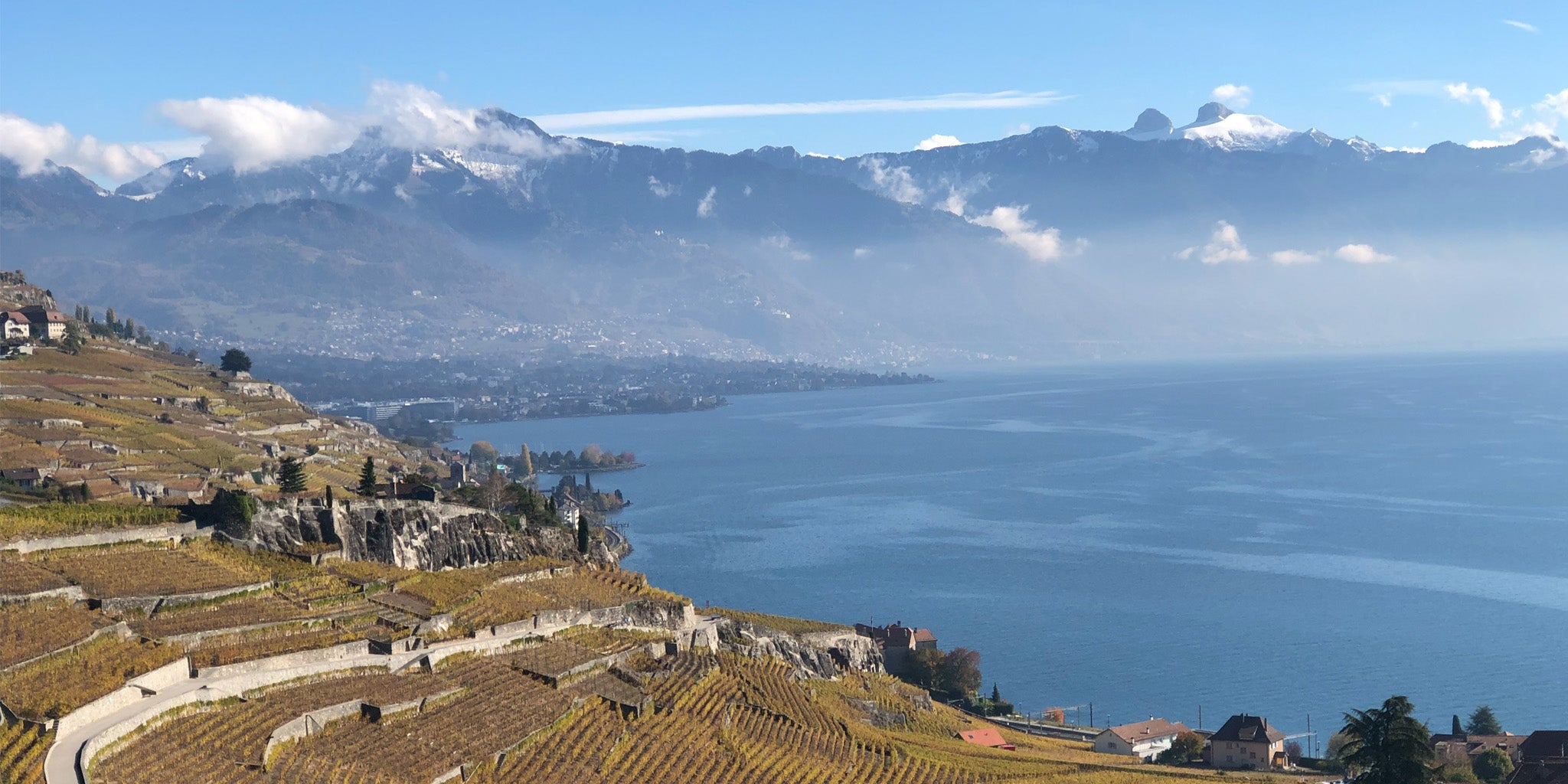Lanzarote’s vineyards are unlike anywhere else on Earth. After six years of volcanic eruptions in the 18th century, the island was blanketed in rofe, a black, gravel-like ash that now plays a vital role in viticulture. This unique layer captures the island’s scarce humidity and slowly releases it to the vines, making it possible to grow grapes in a desert-like climate with barely 150 mm of rain per year.

Each vine is planted en hoyo, in deep, hand-dug holes that reach the fertile soil beneath the ash. They’re protected by small, semicircular stone walls facing north, built to shield them from the fierce Atlantic winds and erosion. Every task, from digging to pruning and harvest, is done by hand.

The star grape here is malvasía volcánica, a local cross that gives aromatic white wines. Other varieties include listán blanco (=palomino), diego, moscatel, and listán negro.
Lanzarote remains phylloxera-free, with vines growing on their own roots, a rarity in today’s wine world.
Harvest begins early, sometimes in July with malvasía volcánica, and though climate change is making conditions tougher with droughts and sudden rain episodes, the resilience of Lanzarote’s vineyards continues to amaze.














